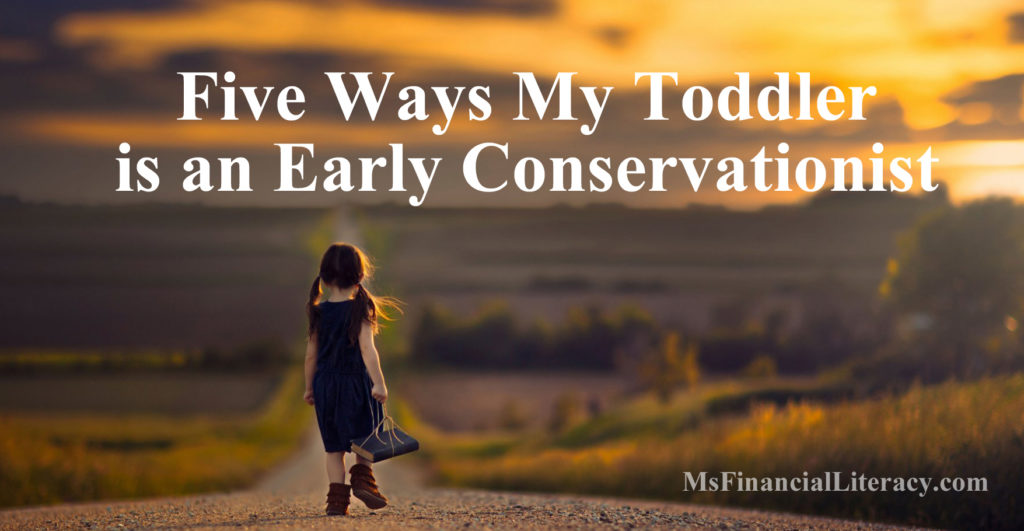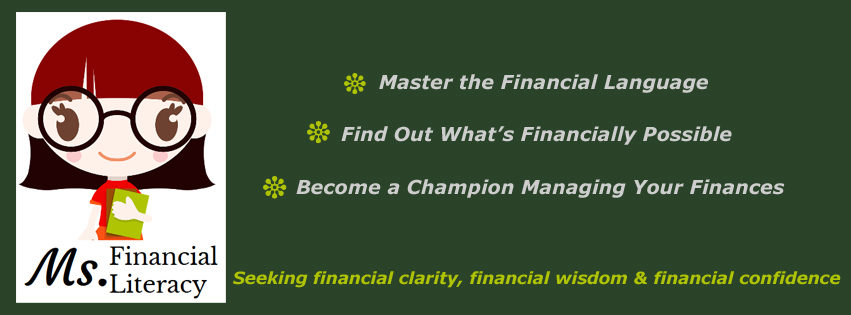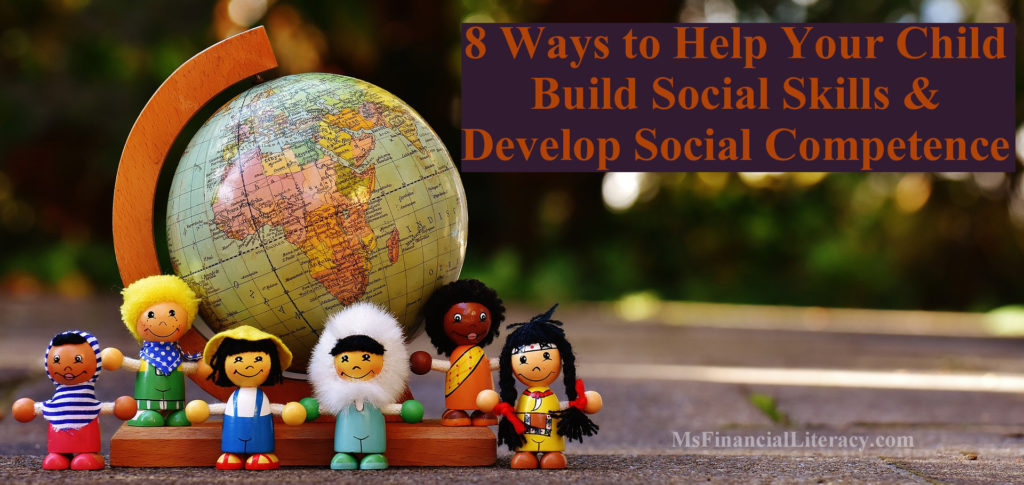Her Daddy’s Influence
My husband is a minimalist. One of his life philosophies is we should consume to live and not live to consume. When he shops, he chooses quality over quantity. If time is not a constraint, he prefers to try to fix a broken object rather than getting a replacement. About 10 years ago, he stopped eating red meat. Each day, he’s mindful of the carbon footprints he leaves behind. I’m not there yet to meet him.
Her Mommy is Doing Her Part
I consider myself a conservationist in some areas of life, but not so much so in other areas. During the early years in our marriage, I had accumulated a lot of disposable stuff, which to this date, I’m still working to declutter. I’ve certainly gotten better in the past year. I used to think having a lot of things filling up the home is comforting. Thanks to my husband’s influence, I see the freedom living in a clutter-free home.
Sometimes, my husband and I still don’t see eye to eye on what we deem necessary. However, I do have some qualities my husband admires and he takes pride in that. He likes that (1) I am a smart shopper and that I negotiate prices; (2) I have general ideas of what most things should cost and I only buy when the price seems right; (3) I never feel like I have to have something right away (if it’s something I need, I look for alternatives); and (4) I think of purchases in terms of lifetime (amortized) costs.

Together, We Are Stronger
I also don’t like to waste. My husband and I feel disgusted by the amount of stuff and food some people causally discard. This is very evident each time we go out to eat. Sometimes, we would see half a plate of food being left on the table that will soon go into the trash can. We also see a lot of waste in public places, too. Do people really need three pieces of napkin to dry two hands? Why take up two plastic bags when two heads of cabbages can easily fit into one bag? Why throw away an otherwise perfectly fine sweater when a yarn came loose? Does a toddler really need 10 pairs of pants to rotate through a season? The list can go on and on.
At home, we practice conservation. We aren’t perfect, but we try to use up stuff to the last drop if we can. When we do have to throw things away because they’ve gone bad, I don’t feel good inside. It’s not usually about the money, although that stinks, too (at our tax bracket, for each dollar we waste we would have to earn almost $1.75 extra). It’s the fundamentals of being wasteful that bothers me. “Why didn’t we eat the avocado the day before when it was still good? And now, we’ve to throw it in the trash can.”
I certainly want my daughter to grow up and be a conservationist but haven’t put much thought into teaching her about this concept or way of life. I was going to wait until she’s three or four. To my surprise, lately I’ve been noticing small behaviors from her that might show she’s already on her way.




